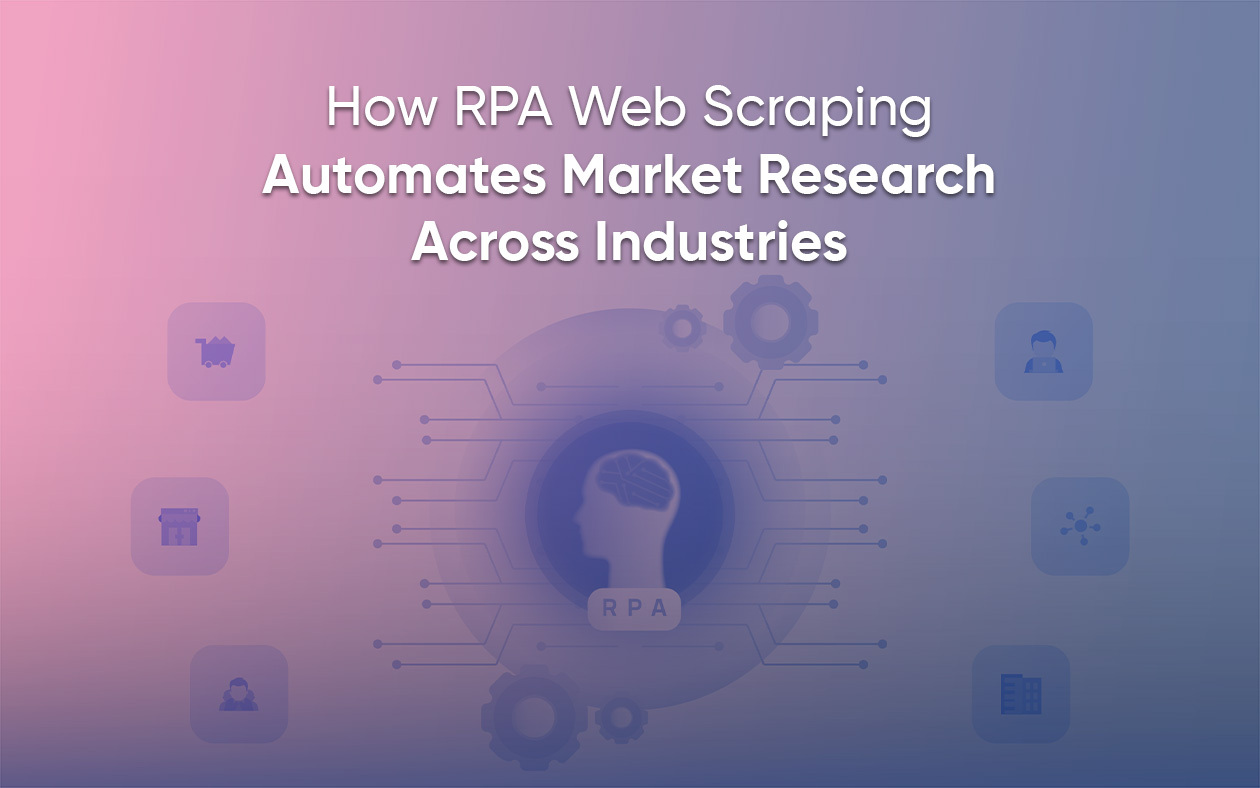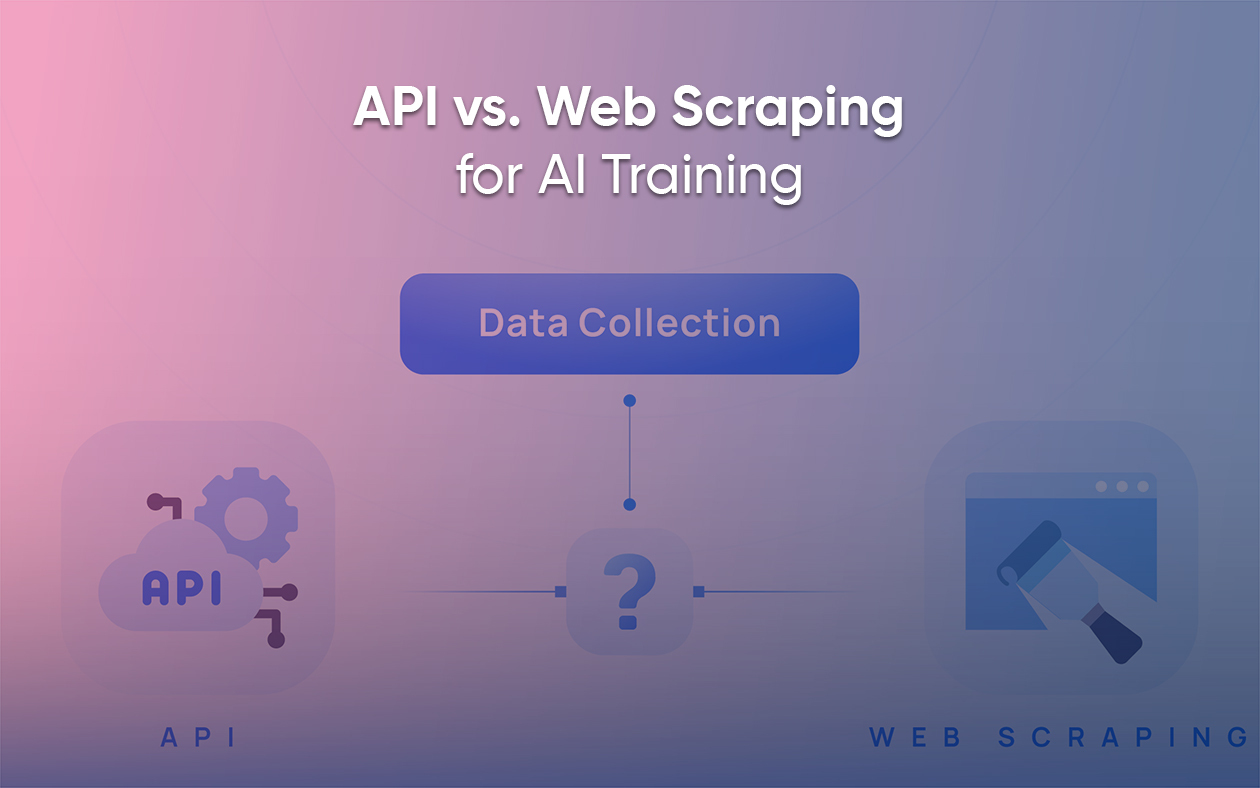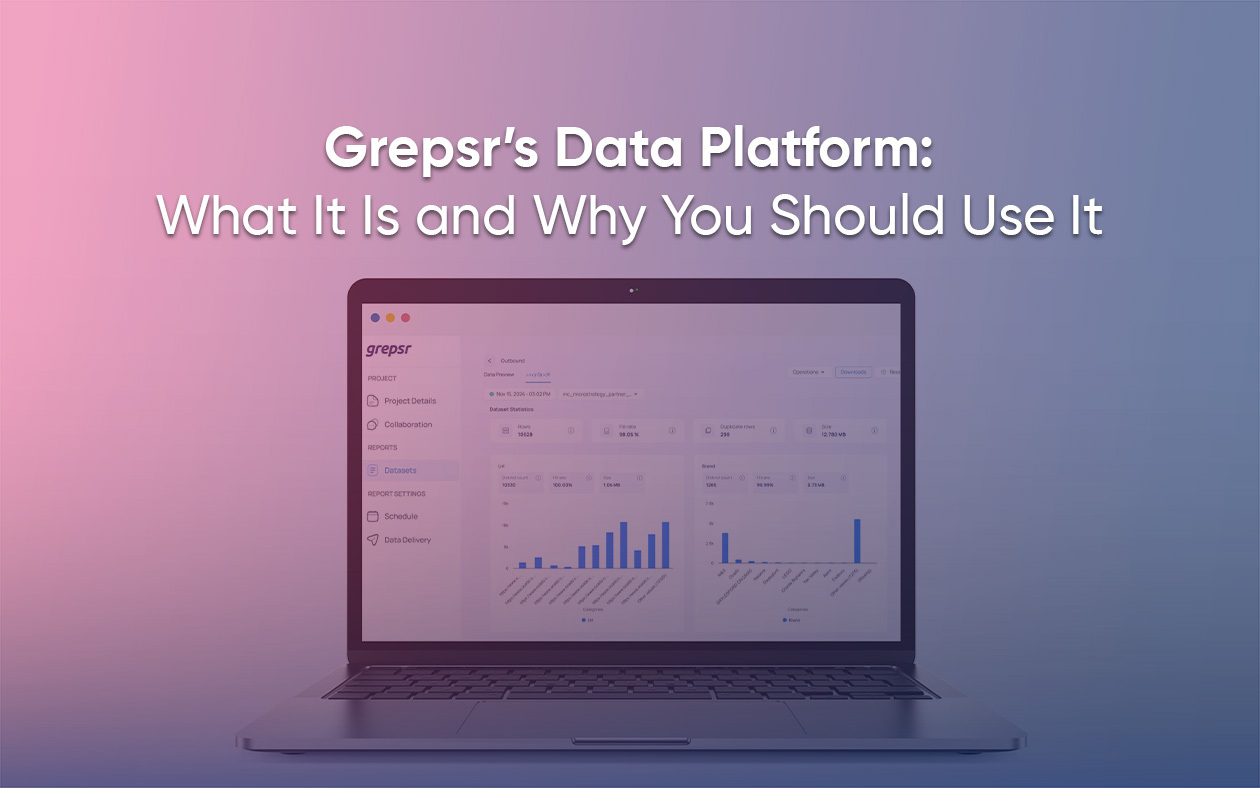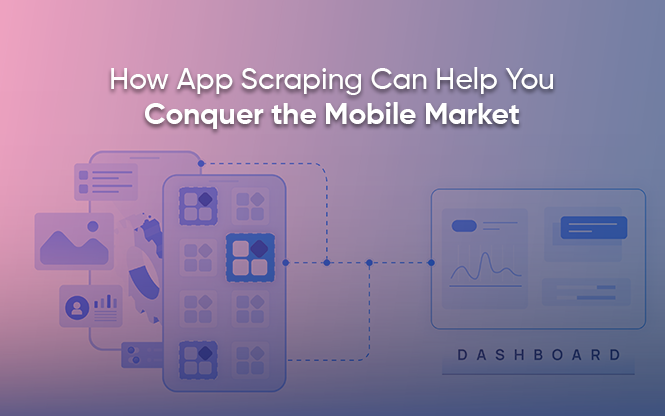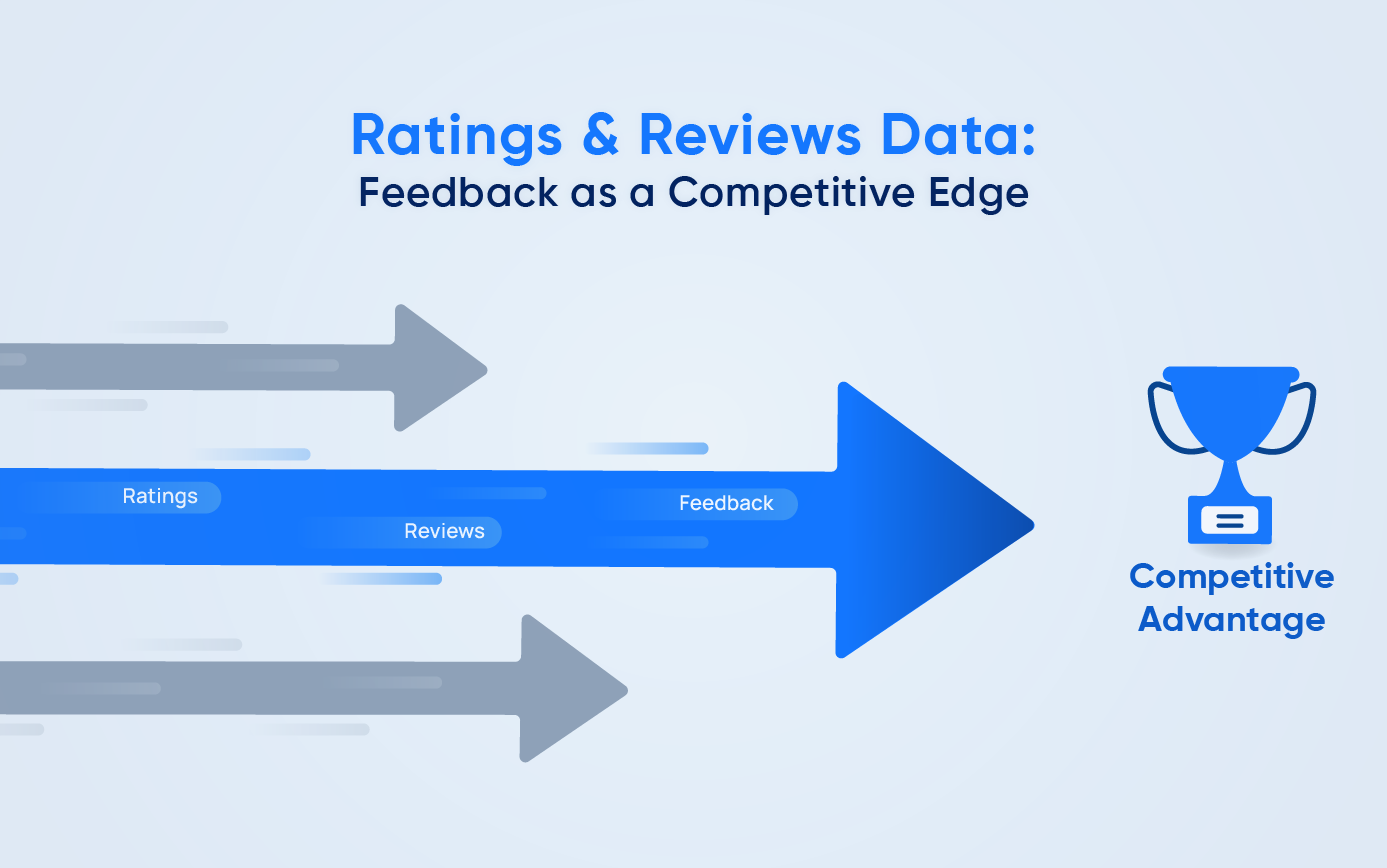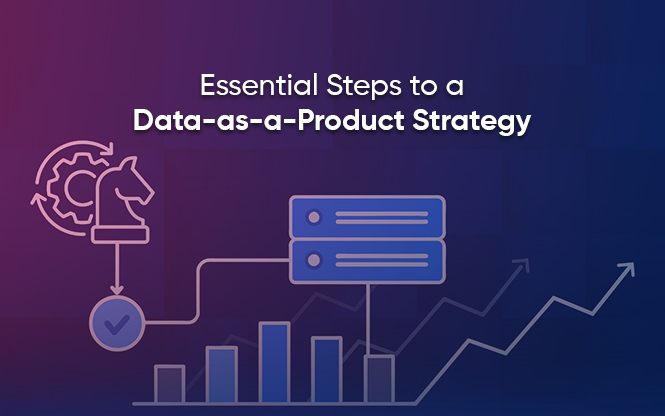
Have you ever stumbled upon the answer you desperately needed while rummaging through your messy desk, or maybe found the perfect recipe hiding in the back of a dusty cookbook? Believe it or not, even groundbreaking scientific discoveries can happen by accident!
Take Alexander Fleming, for instance. In 1928, upon returning from vacation, he found a moldy petri dish that would forever change medicine – the discovery of penicillin, the first widely used antibiotic.
Building on the idea of serendipity, research provides a systematic framework for making these fortunate discoveries.
Research is a systematic investigation into a study of materials and sources performed to discover, analyze, interpret, establish facts, and reach new conclusions in any field of knowledge.
Basically, research is the creation of new knowledge in a creative way by generating new concepts, methodologies, and understanding using existing knowledge.
It is fundamental in business to conduct research for informed decision-making. It’s because research helps address existing business challenges, identify new business opportunities, and even aid in putting together a business expansion plan with a set of pragmatic goals.
There are broadly classified two approaches of research i.e., inductive and deductive. The inductive method is used in qualitative research and the deductive method is for quantitative research.
Let’s delve deeper into qualitative and quantitative research methodologies.
Qualitative & Quantitative Research
Starting with the inductive approach, it begins with observation of a situation to develop theories.
It helps answer “why” questions by delving into subjective experiences, opinions, attitudes, and social phenomena.
Qualitative research establishes a rich and detailed explanation of the subject being studied and sheds light on new perspectives and insights.
For example, a study on the importance of having trained teachers for quality education for undergraduate students. In this scenario, the researchers just observe the behavior of the trained and untrained teachers when it comes to giving classes with heavy content. Trained teachers encourage the students to learn by engaging. Meanwhile, the untrained ones just give the lecture while staring at the confused faces of the students.
Whereas, the deductive approach starts with a theory or hypothesis of a construct and then runs it through tests to come to an objective conclusion.
It helps in tesing hypothesis through empirical observations and experiments using tools to identify patterns, and make predictions.
Quantitative research provides precise and statistically calculated numeric results and objective explanations rather than subjective interpretations.
Let’s look at the same example mentioned above from the lens of quantitative research.
In this case, the researchers begin with a hypothesis that trained teachers lead to better student outcomes and orchestrate a controlled experiment. They send selected students to the untrained teacher’s class and the others to the trained teacher’s class.
Then they provide standardized tests to assess the student’s comprehension and retention of the material. Using statistical methods, they determine the level of difference in student performance between classes taught by the trained versus untrained teacher.

Data in Research
There’s an indispensable element that plays the biggest role in both types of research and that role is played by none other than data.
Data can be anything, and as mentioned in our previous blog, All is Data.
Specifically, data in quantitative research is expressed as numeric variables.
It usually answers fixed objective questions like how much, how many, how long, and what percentage. For example, the average height of male employees, the minimum wage for interns, site visits in a month, and more.
Quantitative data is countable, measurable, and scoreable. It fuels algorithms and statistical analyses.
Learn more about quantitative data and its analysis.
On the other hand, data in qualitative research is often expressed in textual and descriptive formats. It can also be videos, photographs, recordings, field notes, symbols, infographics, posts, comments, etc which provide unforeseen insights.
It paints a detailed picture of the “why” and “how” behind human behavior to help with an in-depth understanding of the topic you’re researching.
Qualitative data answers questions that are detailed and open-ended like ‘Why are people investing in skincare?’ and ‘How does meditation improve mental health?’.
It is non-numeric and subjective to individuals.
The data is drawn from the experiences of people.
In qualitative research, ethnographic data – the study of people in their culture and habitat is an effective way for researchers to collect raw data.
Learn more about qualitative data and its analysis.
In each approach, the quality of data is crucial for accurate interpretation of findings. The credibility of the paper is dependent on the quality, accuracy, validity, timeliness, and relevance of the data.
Qualitative Research Vs Quantitative Research
Let’s learn the key differences between quantitative and qualitative research.
| Aspects | Qualitative Research | Quantitative Research |
| Purpose: | It focuses on in-depth exploration and understanding of phenomena, the underlying motivations, attitudes, and behaviors. | It focuses on the measurement and analysis of numerical data to identify trends, patterns, and relationships among variables. |
| Data Collection: | It uses methods like open-ended surveys, interviews, and focus groups to gather rich and detailed subjective data. | It implements structured surveys, controlled experiments, observations, and secondary data from existing research papers. |
| Data Analysis: | It involves the interpretation of textual data for conventional content analysis, sentiment analysis, thematic analysis, and more. | It involves running structured numerical datasets through algorithms of analytical tools/software for trend analysis, cross-tabulation, conjoint analysis, and more. |
| Sample Size: | A smaller, purposive sample is selected for their relevance to the research question. | A larger randomly selected sample is selected for overall representation and statistical validity. |
| Result Generalization: | The findings are subjective and context-specific so they cannot be broadly generalized. | The findings are scientifically objective, based on principles of mathematics, i.e. statistics so they can be broadly generalized. |
| Research Design: | It allows flexibility and emerging themes in the ongoing data collection and analysis process. | It follows a rigid structured design with a predetermined hypothesis, variables, and data collection. |
| Limitation: | The research has a higher potential for personal bias from the researcher and it cannot be extended to a wider population. | Bad data and statistical errors can ruin the outcome of the research and there’s a lack of a key component i.e. context. |
Sometimes, research begins with inductive exploration and later moves on to a deductive approach to confirm findings.
Researchers combine both qualitative and quantitative methodologies in the same research to enhance the validity of results, using a technique like data triangulation.

Leverage Grepsr for High-Quality Data
Web scraping is another method for data collection that helps fuel a business’s data strategy and foster continual data-driven growth.
Let’s say for quantitative data, you need the exact price of listed properties in suburban areas of California in real-time to make investment decisions.
Via automated web scraping you can get the real-time pricing data extracted from the leading online real estate site at your doorstep. Meaning at any preferred channel of your choice to integrate into your Business Intelligence system or run it by analytics tools for actionable insights.
Whereas for qualitative data, you can collect customer reviews, feedback, and social media mentions of your brand to analyze the public perception of your product or service. Then, tweak your marketing strategy with tailored advertisements and personalization to win over your target audience.
For structured and accurate dataset at your fingertips, summon Grepsr into action. With seasoned experts and more than a decade of experience playing in the field, we know just what you want.
Therefore, nail the specifics by sending your data requests our way and relish the competitive advantage with quality data!
















